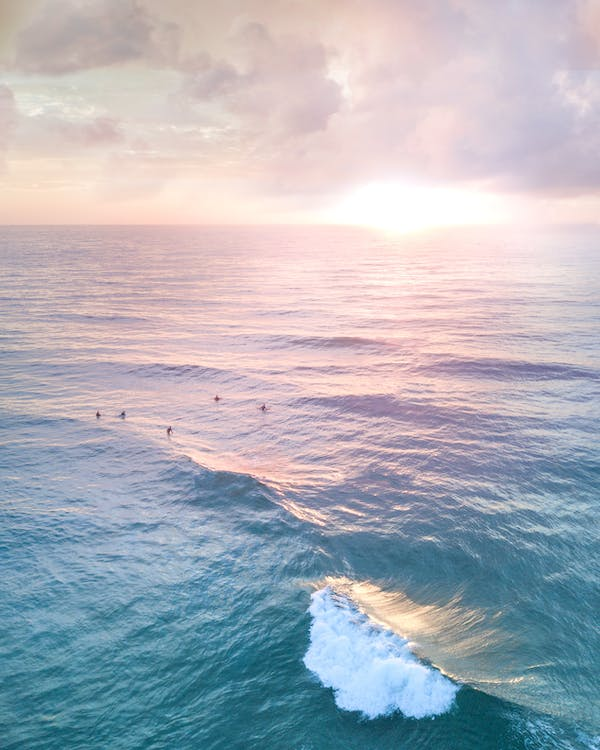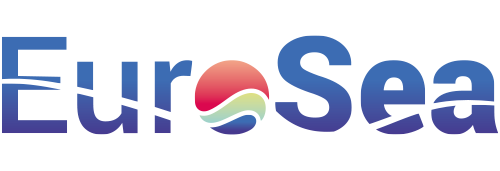
Description
The endeavour to incorporate Biogeochemical (BGC) and DEEP Argo systems with core observational missions underscores a decisive step toward a more comprehensive and depth-inclusive global ocean observing system. Elevating the Technology Readiness Level (TRL) suggests the transition of these technologies from a prototype stage to broader operational deployment.
Impact During the Project
Enhanced Observational Scope:
Traditional State: Earlier ocean observing missions might have been restricted in their depth coverage and the range of parameters they could measure.
Advancement: With BGC and DEEP Argo integration, there is now a capability to delve deeper and capture a wider range of oceanic parameters, especially those that pertain to biogeochemical processes.
Increased Reliability and Operational Readiness:
Traditional State: Technologies at TRL 5 are often in a prototype or demonstration phase in relevant environments but aren’t fully operational.
Advancement: Achieving TRL 7, as denoted by “”Argo TRL 7″”, means that the system’s prototype version has proven to be reliable in a relevant environment, bringing it closer to full-scale operations.
Streamlined Data Flow and Improved Metadata Quality:
Traditional State: In the absence of full integration and a higher TRL, the data flow might have been fragmented or inconsistent, with potential gaps in metadata quality.
Advancement: Integration and moving towards TRL 7 suggests a more systematic and unified data flow with enhanced metadata quality, ensuring data is more useful and reliable for end-users.
Impact Post Project
Broadened Application and Deployment:
Traditional State: At lower TRLs, technologies are often limited to specific applications or demonstration projects.
Advancement: Reaching higher TRLs, like TRL 7, signifies that these integrated systems are ready for broader deployment across different regions and applications, enhancing global ocean observations.
Improved Scientific Research and Insights:
Traditional State: The depth and breadth of oceanic data might have been limited, constraining the potential research outcomes.
Advancement: With DEEP Argo and BGC systems becoming more mainstream, researchers have access to more comprehensive data, leading to deeper insights and potentially groundbreaking scientific discoveries.
Consistent Best Practices and Standards:
Traditional State: Diverse observational systems might have had varied practices and standards.
Advancement: The move towards integrating these systems and elevating their TRLs suggests a convergence towards consistent best practices and standard protocols, ensuring data uniformity and comparability.
Advancement over and above State of the Art
The integration of BGC and DEEP Argo systems with core observational missions, and the subsequent push to achieve higher TRLs, represents a substantial leap in global ocean observing capabilities. This amalgamation ensures that there’s a harmonized and comprehensive approach to capturing oceanic data, ranging from surface interactions to deep-sea processes. Such advancements not only fortify the foundations of marine research but also bolster the potential of predictive ocean modelling, climate studies, and informed policymaking.
Links and References
Link to D2.2 – Analysis of the BGC experiments: https://eurosea.eu/download/eurosea_d2-2_analysis_design_exp/?wpdmdl=5514&refresh=650197c4ca32b1694603204
